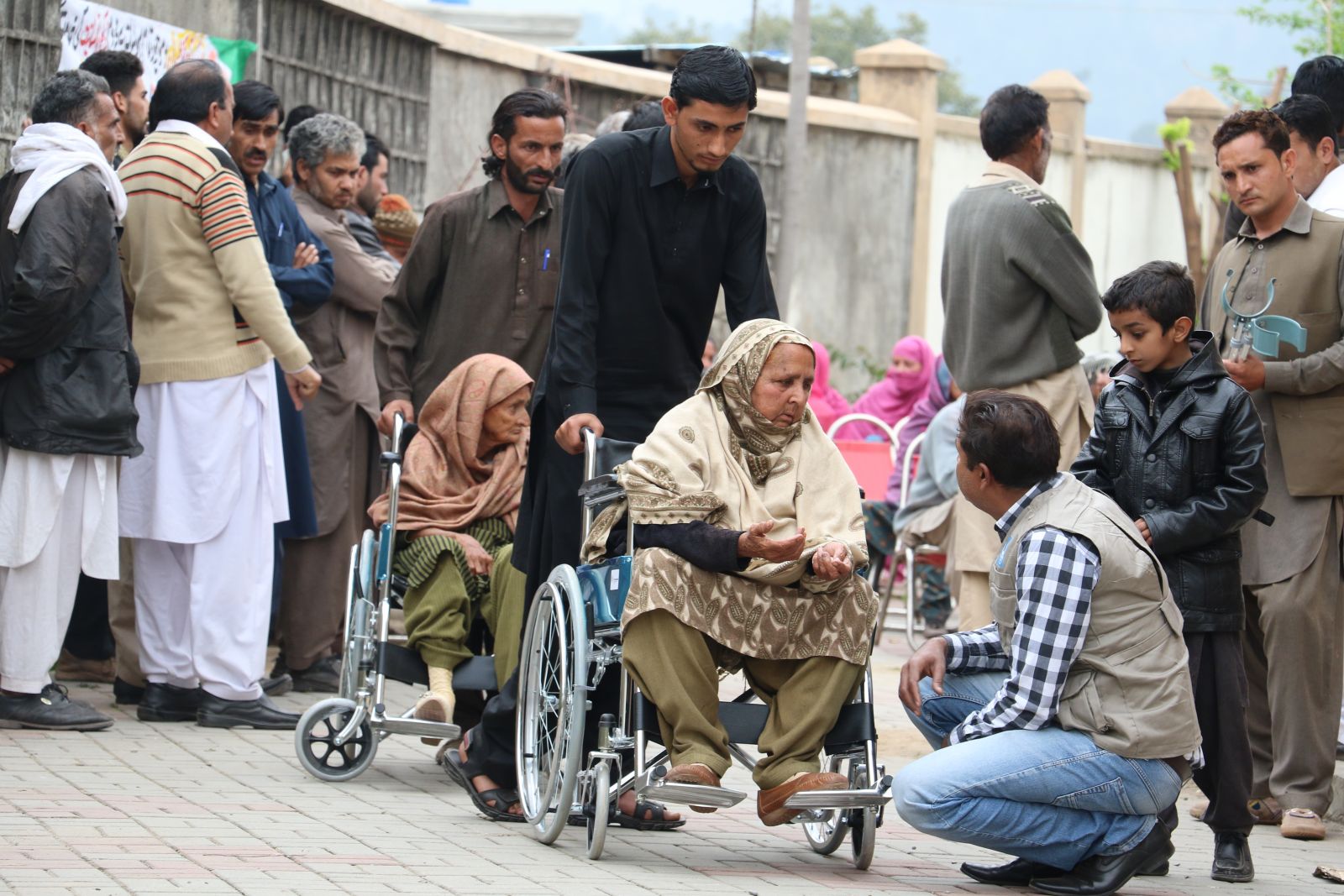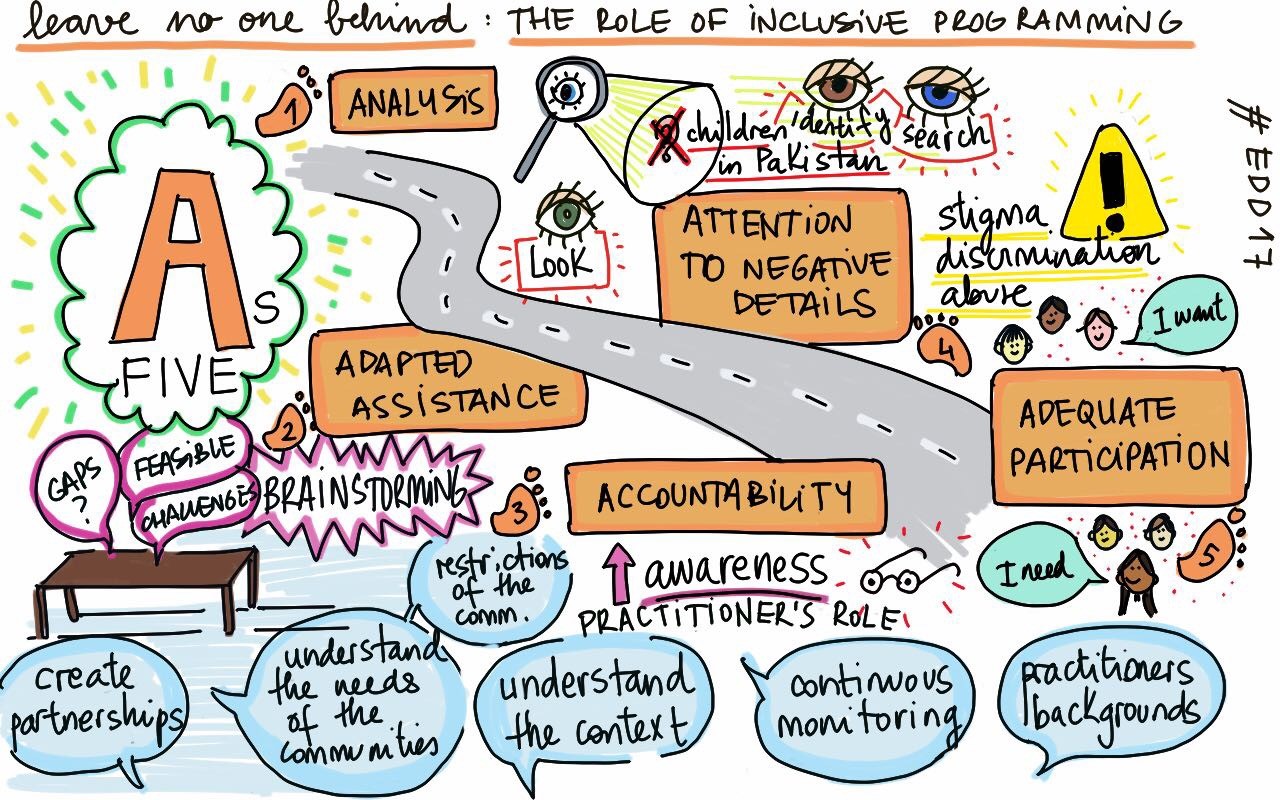Leave No One Behind: Islamic Relief’s Intersectional Approach to Programming
Who are the most vulnerable people? What do they need most urgently? Anyone who has worked in a humanitarian context knows how intricate it is to fully understand the complexity of affected people’s needs. This is why Islamic Relief turned to ‘intersectionality’, a theory that enables them to analyse and address the intersection of various social disadvantages that result in inequitable access to social services and accumulated vulnerability.
Anyone who has worked in a humanitarian context knows how intricate it is to fully understand the complexity of affected people’s needs. Who are the most vulnerable people? What do they need most urgently? This is why Islamic Relief Worldwide turned to ‘intersectionality’, a theory that enables them to analyse and address the intersection of various social disadvantages that result in inequitable access to social services and accumulated vulnerability.

The term ‘vulnerable groups’ is a blanket definition and tends to refer to children, women, persons with disabilities, older people, ethnic minorities and other marginalised groups. However, Islamic Relief Worldwide (IRW) argues – in line with the Core Humanitarian Standard on Quality and Accountability (CHS) – that in reality there is no such thing as ‘typical’ vulnerable groups, as people have multiple social identities that influence how vulnerable they are, at what moment in time they are most vulnerable, and in what context their vulnerabilities arise.
To better map out these factors, IRW turned to ‘intersectionality’, a theory that enables them to analyse and address the intersection of various social disadvantages that result in inequitable access to social services and accumulated vulnerability. For example, it is not just about combining the disadvantages faced by an older woman who has a disability, is a widow, and has care-giving responsibilities, it is more about understanding how these various realities intersected before the crisis, became exacerbated by the crisis and eventually impacted on her ability to access various services.

To put the theory of intersectionality into practice, IRW developed an organisational framework and a comprehensive programming approach that has inclusion and protection mainstreaming at its core. This ‘intersectionality framework’ is built on 6 As – Analysis, Adapted Assistance, Attention to Negative Effects, Adequate Participation, Accountability and Adequate Capacity – which together help ensure that intersectionality is integrated into humanitarian response programmes.
This also required a new approach to conduct analysis. To this end, IRW developed the Age, Gender and Diversity Analysis Tool, which was formulated based on the Moser Gender Planning Framework. The tool supports staff to understand intersectional factors and can be used throughout the project cycle. For example, when designing needs assessments, it allows staff to go deeper into the community and identify the many layers of social identities and associated forms of discrimination that increase the risk of exclusion, marginalisation, violence and abuse. It helps to understand who in the population is affected by the crisis; what their needs are; and what they can do to help themselves.
Age, gender and diversity analysis has IRW’s country teams to refine their targeting criteria, provide adapted assistance, as well as change their own outlook on the design and delivery of humanitarian aid programmes. It has also empowered staff to critically reflect on gaps in Islamic Relief’s procedures, and to identify solutions so that services on the ground can become more inclusive.
The intersectional approach has been piloted in six countries and funded by the Swedish International Development Agency (SIDA). Learning was shared widely at the European Development Days on 6 June 2018 in Brussels.
For more information, please get in touch with Sherin.Ahmed@irworldwide.org (Protection and Inclusion advisor, International Programmes Division)
